
Get news, updates, & event Info delivered right to your inbox:
15 Nature Facts That Might Just Blow Your Mind
Every day, we discover new things about the environment around us. From symbiotic relationships to new species being discovered, the wonder of nature never ceases to amaze us. Sometimes, in the midst of accelerating climate change and emerging environmental threats, it’s important to take a step back and appreciate just how awesome nature is.
So without further ado, here are 15 fun nature facts that will be sure to blow your mind!
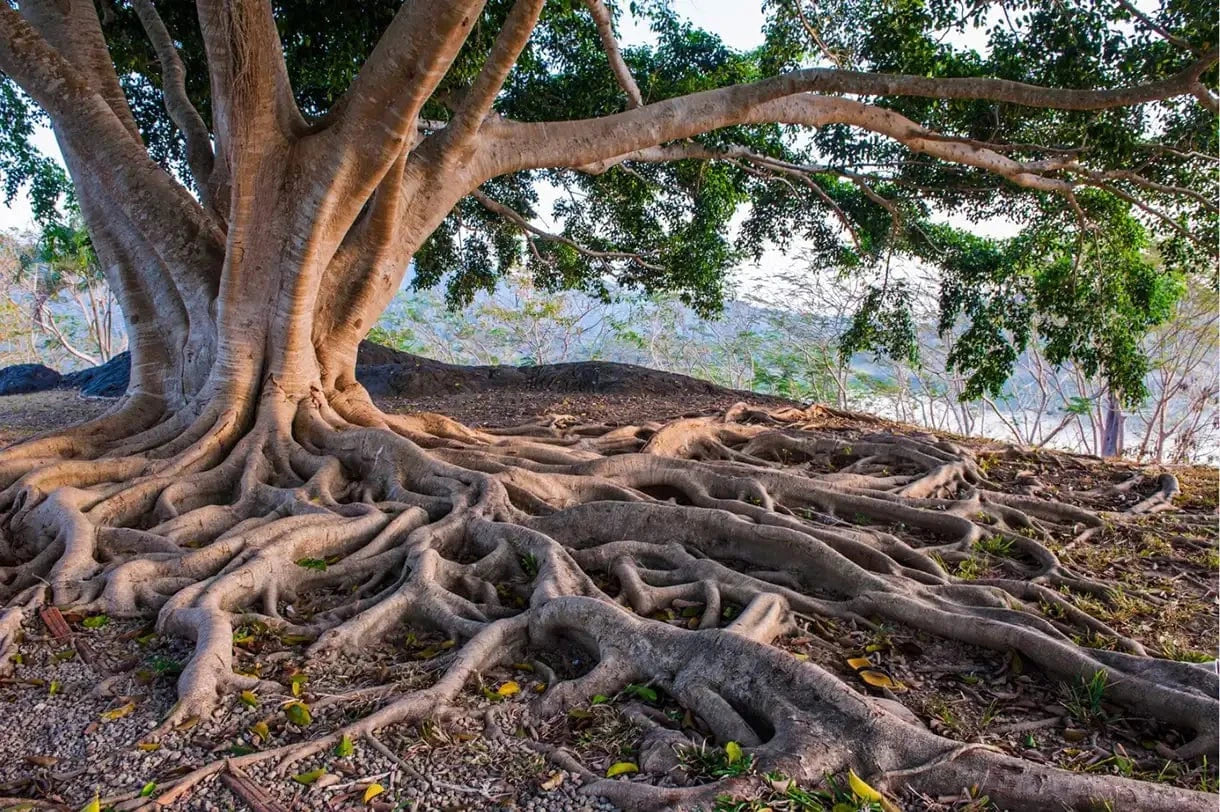
1. Trees Communicate With Eachother
Trees “talk” to one another through an intricate network of fungi in the soil dubbed the “Wood Wide Web”. It connects trees at their roots, allowing them to communicate by sending signals about upcoming threats like droughts or disease. This allows trees to alter their behavior upon receiving the signal.

2. Dolphins Have Names for Each Other
Scientists have found that dolphins use a distinctive whistle to identify each other. When a dolphin hears their own “name” called out, they respond. They are the first creatures, besides humans, known to do so.

3. African Buffaloes Make Decisions By Voting
African buffalo herds use a form of voting when trying to decide which direction to travel in. One at a time, adult females will stand up and look in a certain direction before sitting down. Whichever direction gets the most amount of looks is typically where the herd travels. Interestingly, if the vote is divided, the herd will actually split up temporarily. Only the adult females are allowed a vote, regardless of social status within the herd.
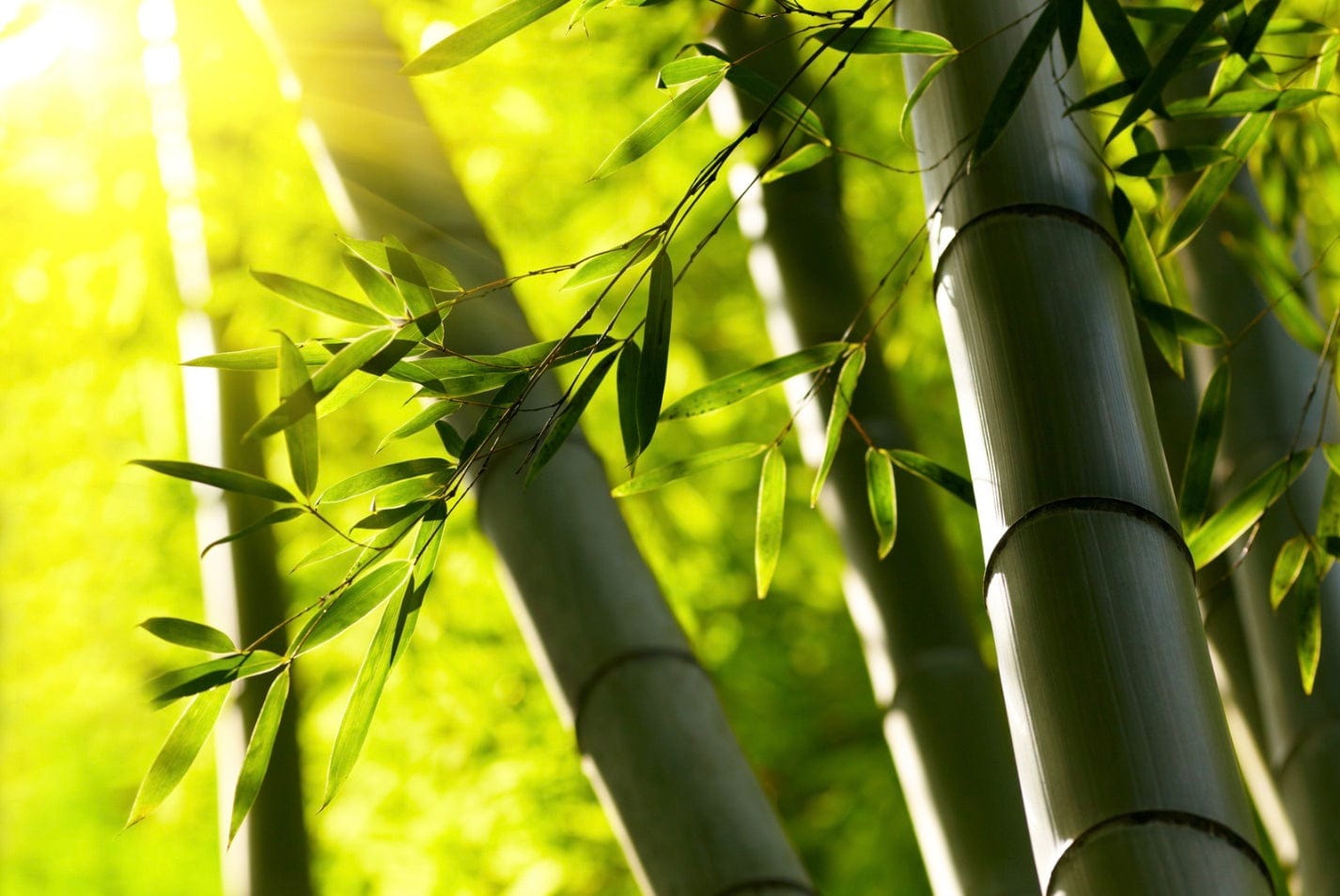
4. Bamboo Is the World's Fastest Growing Plant
Bamboo happens to be the world’s fastest growing plant. One species of bamboo can grow 35 inches in a single day, and some species reach full maturity in just 90 days! Not only does bamboo grow exceptionally fast, it also happens to hold a Guinness World Record for fastest growing plant!
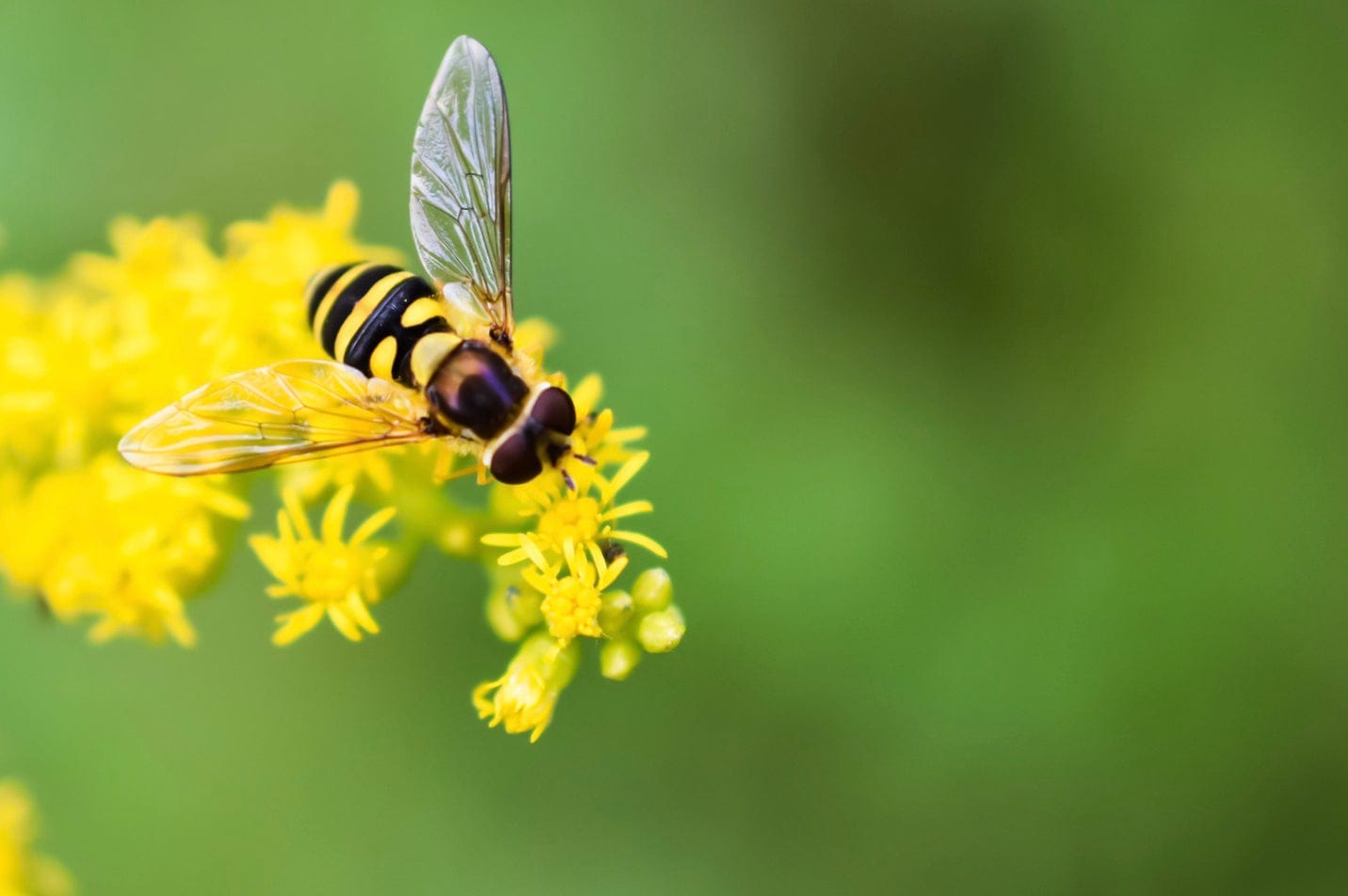
5. Bees Dance to Communicate
Bees have two different dance moves that allow them to show other bees where flowers are located. One bee will dance while the others watch to learn which direction they can find the flower patch in.

6. There Are More Trees on Earth Than Stars in the Milky Way
There are so many trees covering our planet that scientists had to figure out a new method to quantify them, and they’ve actually calculated that there are more trees on Earth than stars in the Milky Way.
Scientists have determined that the number of stars in the Milky Way ranges from 100 billion to upwards of 400 billion, but there is an estimated amount of 3 trillion trees on Earth. That’s a lot of trees!
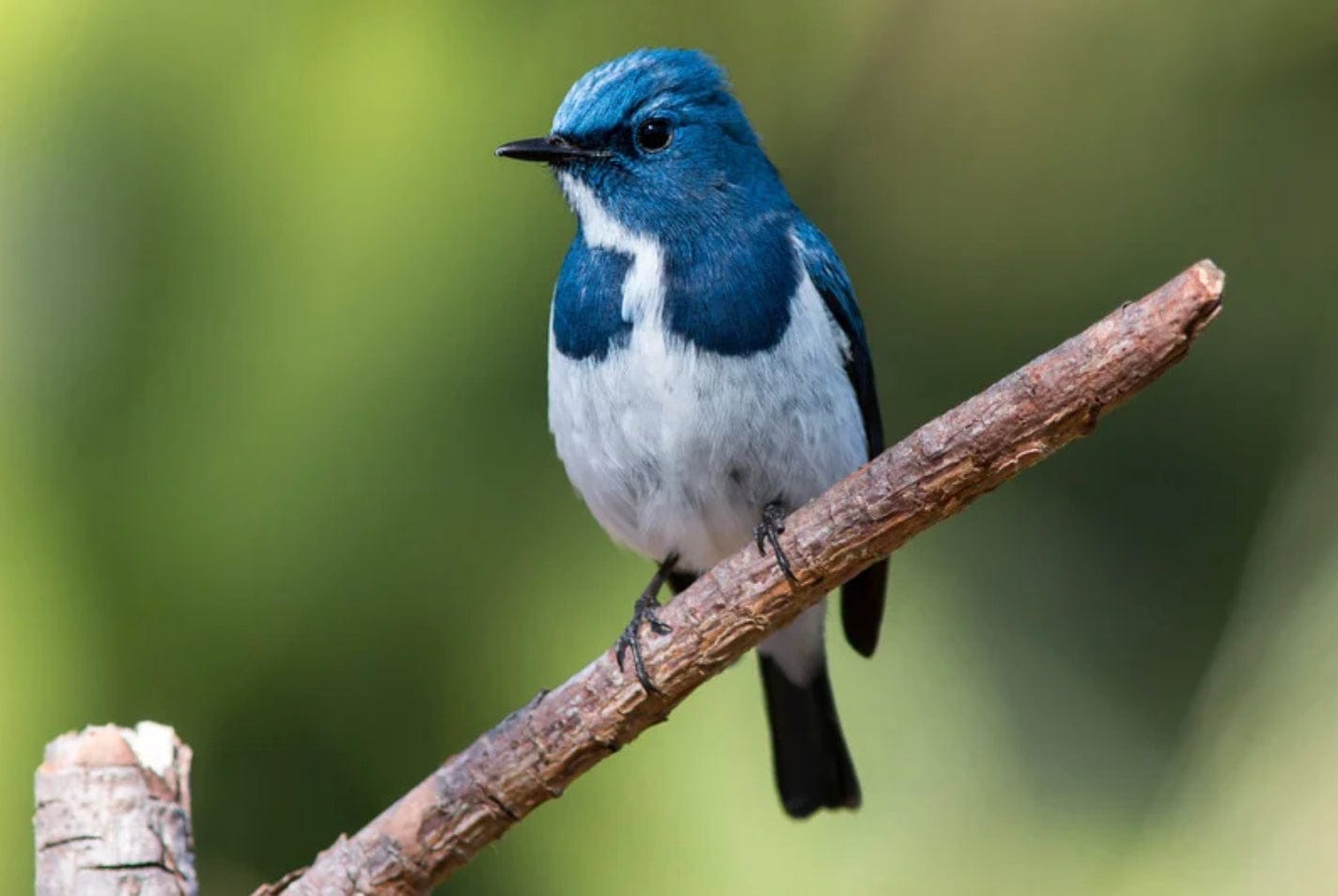
7. Birds Are Descended From Dinosaurs
Since the 1960s, many scientists have found recurring evidence that birds are direct descendants of these prehistoric reptiles. In fact, according to the Smithsonian Magazine, all living birds are indeed dinosaurs, but not all dinosaurs were considered birds. Some dinosaurs even had feathers just like birds!

8. The Blue Whale Is the Largest Animal to Exist
Far bigger than any dinosaur, the blue whale is known to be the largest animal to ever exist. The magnificent mammals can grow to be 100 feet long and weigh up to 200 tons. That’s about 30 Tyrannosaurus Rex!
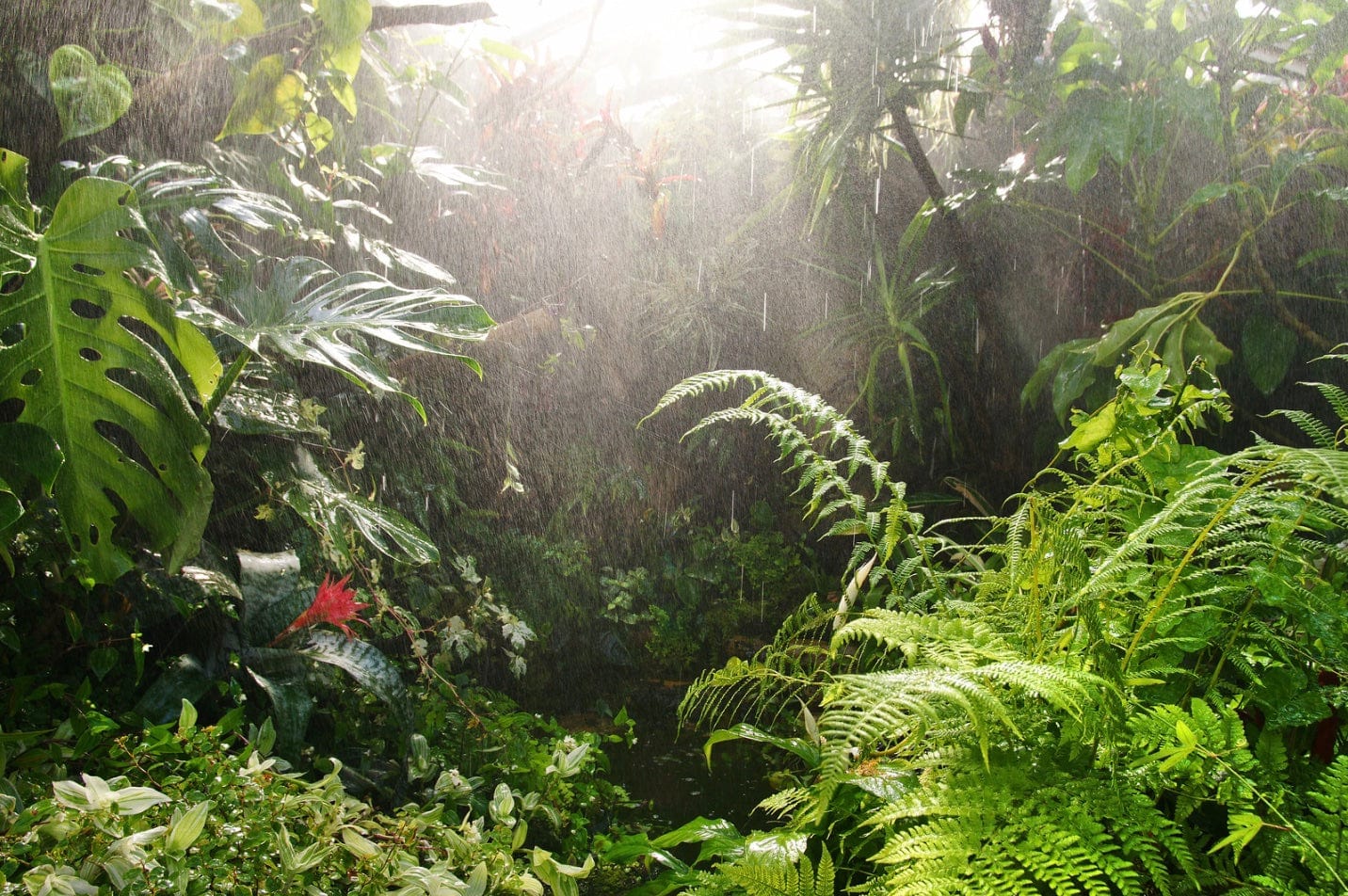
9. Forests Can Make Rain
Forests actually move so much water from the soil into the atmosphere that they end up creating rain. It’s called the Biotic Pump Theory.
Plants and forests draw water from the soil before exhaling it into the atmosphere. This then impacts the balance of water and heat at Earth’s surface, essentially controlling the weather and producing rain.
Parts of the Amazon Rainforest have also been known to start their own rainy season!
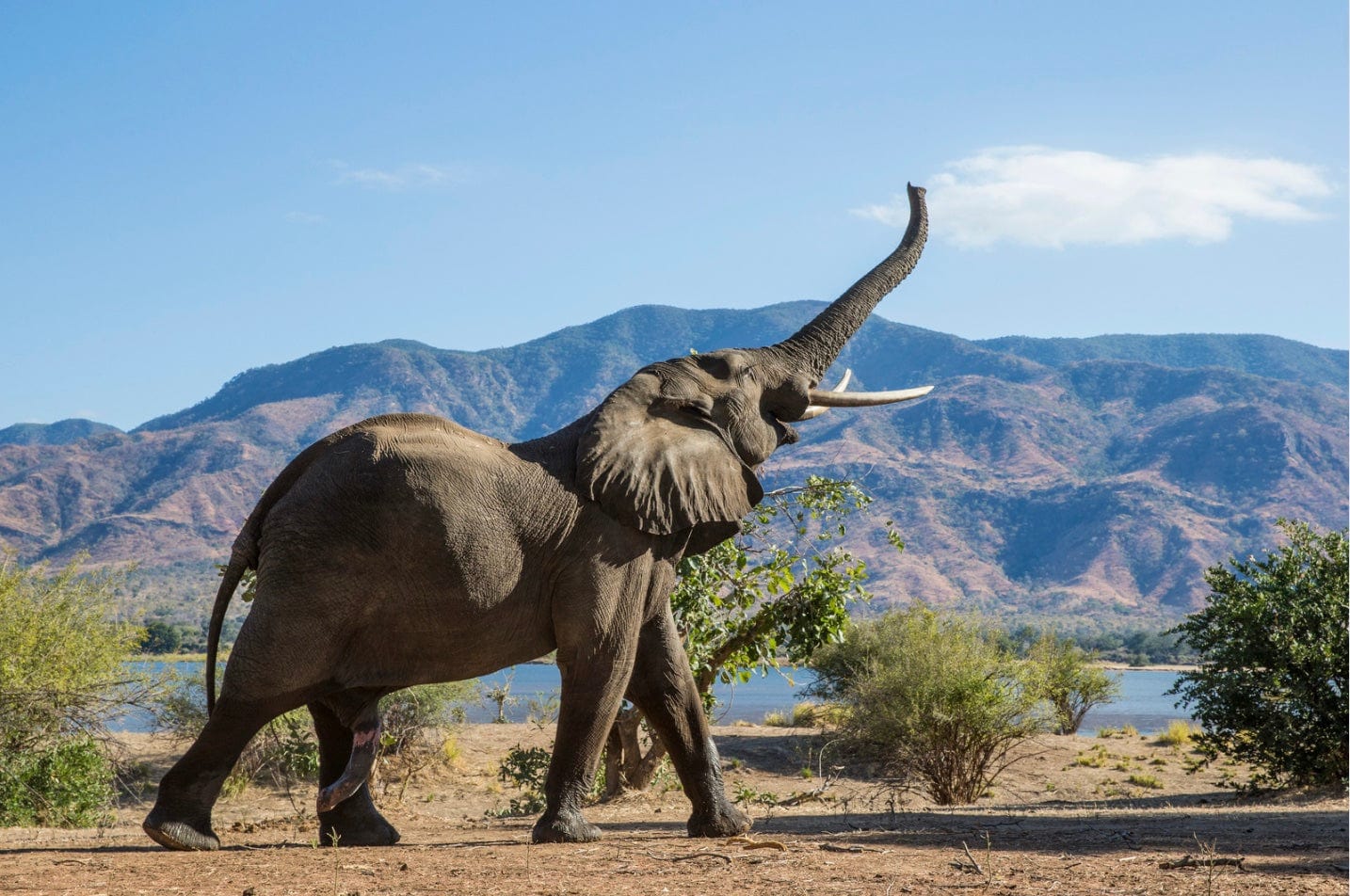
10. Elephants "Never" Forget
All mammals, including humans, have four different lobes in their cortex: occipital, parietal, temporal, and frontal lobes. From language acquisition to processing auditory information, each lobe plays a key role in the function of our brain.
Elephants have a larger and denser temporal lobe, comparatively. The temporal lobe is commonly associated with memory acquisition, allowing elephants to have an incredible memory.

11. Sharks Were Around Before Dinosaurs
Long before dinosaurs, sharks were swimming in our oceans. In fact, sharks have been on this planet for over 400 million years, while dinosaurs lived during the Mesozoic era –– between about 245 and 66 million years ago.
Unlike dinosaurs, a shark’s skeleton is made entirely of cartilage instead of bone, so they don’t leave fossilized skeletons like other animals. However, many fossilized shark teeth have been found throughout the years.
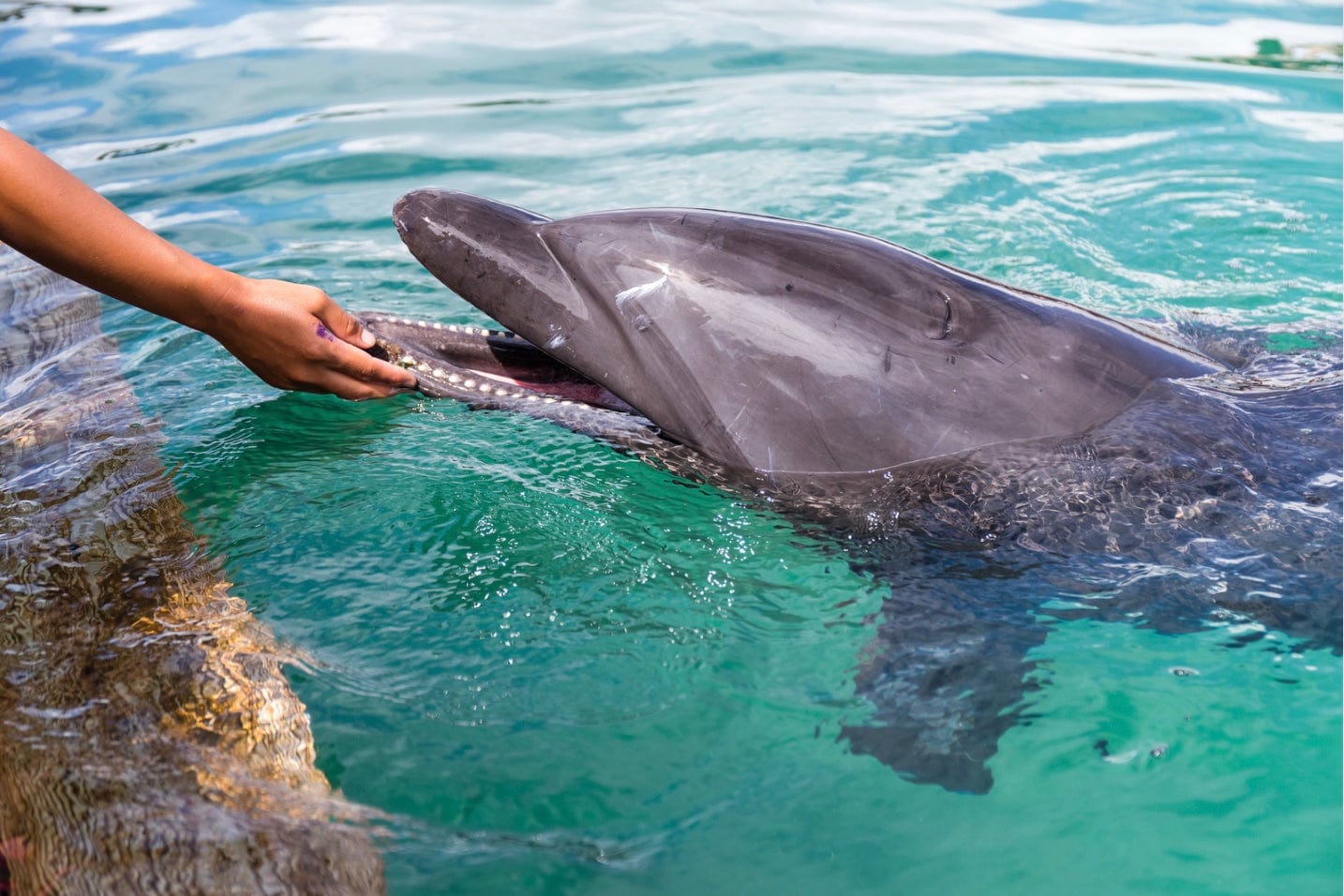
12. Dolphins May Show Signs of Empathy
Some scientists say there are signs that dolphins can experience empathy. In many recorded cases, dolphins have gone out of their way to save someone they perceive to be in danger. From a drowning child to protecting people from sharks, dolphins seem to understand when a human is in distress.
According to the Whale and Dolphin Conservation Society, there have been multiple recorded events of dolphins protecting humans dating all the way back to Ancient Greece. Scientists aren’t entirely sure why dolphins exhibit this behavior, but they believe that dolphins may have higher forms of empathy than other animals.
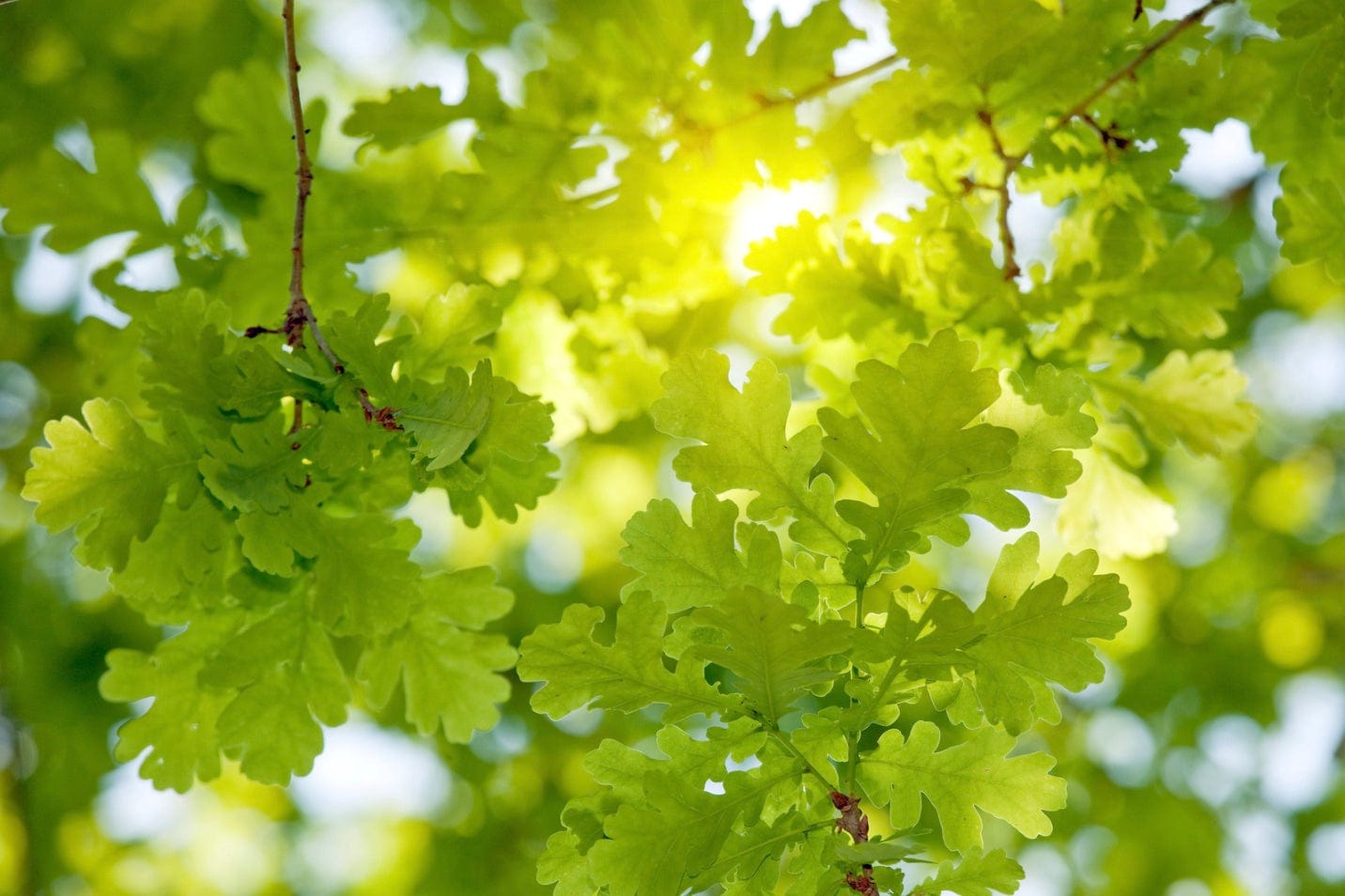
13. Trees Can Fight Back
Believe or not, if there’s a threat, trees don’t always allow it to harm them. In fact, sometimes, trees fight back. Trees can flood their leaves with chemicals called phenolics, helping to deter any pests that may cause harm to the tree. They also have protective structures and processes that help shield them from disease, similar to our immune system.
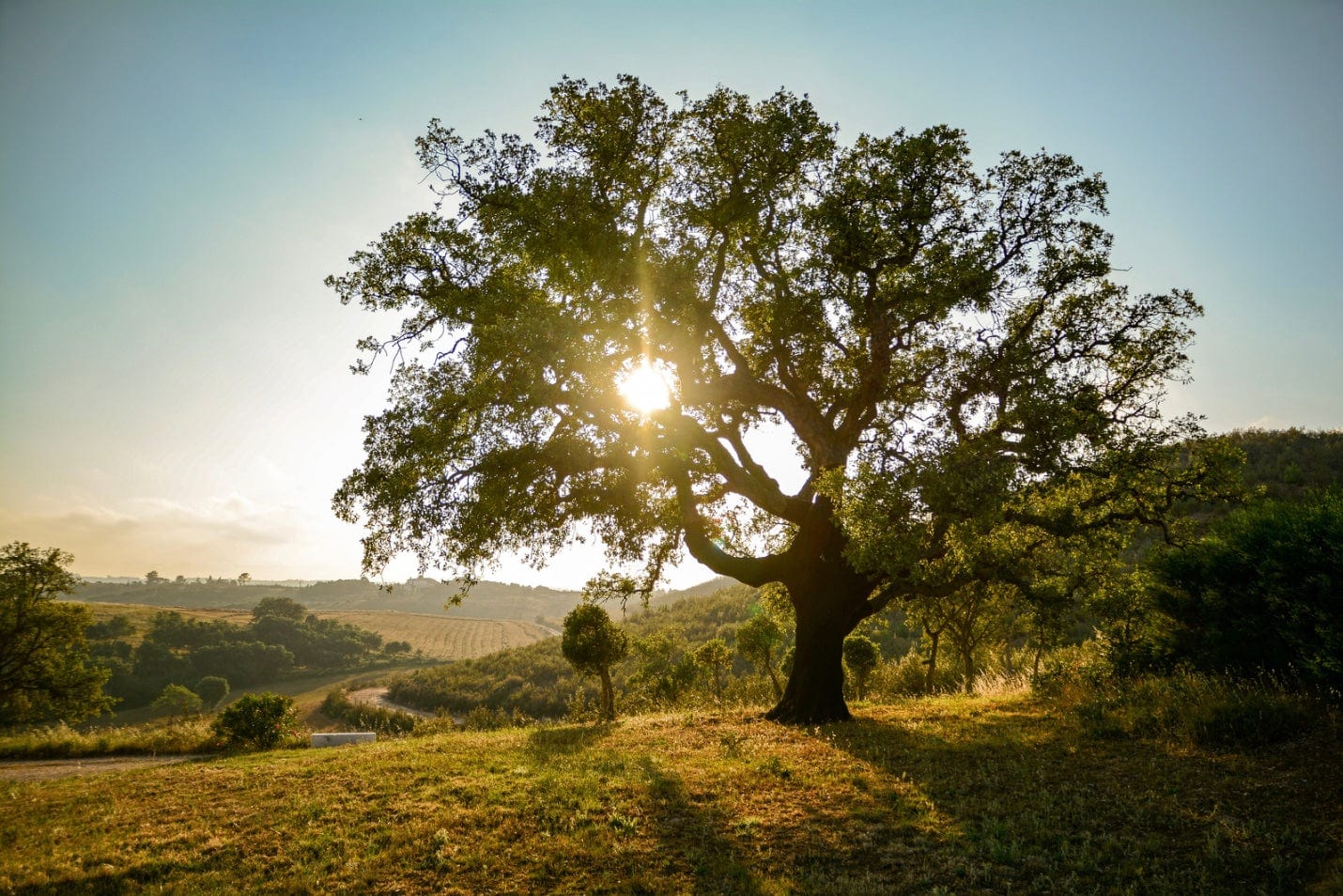
14. Oak Trees Are Sacred
In many cultures, the oak tree is a symbol of longevity and strength, making it sacred. In Greek mythology, the oak tree was used to represent Zeus, the god of the skies and king of Olympus. Coincidentally, studies have actually found that oak trees are among the trees more likely to be struck by lightning in a storm.
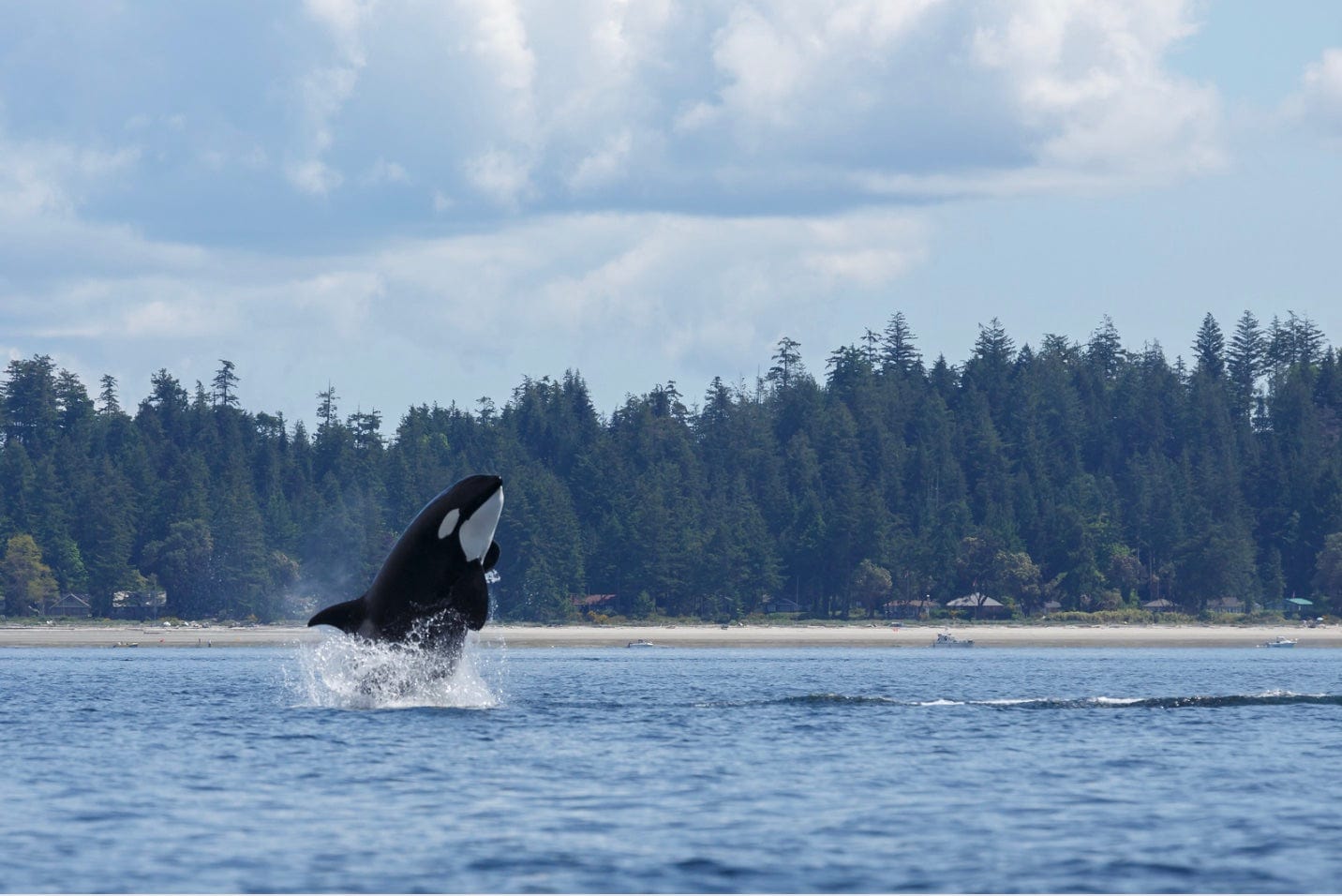
15. Orcas Are Actually Dolphins
Throughout history, orcas have acquired the nickname “killer whale,” but it turns out these sea creatures are a part of the dolphin family.
All whales, dolphins, and porpoises are classified as Cetacea, or cetaceans –– which is derived from the Ancient Greek word meaning sea monster. Cetaceans are split into two groups: toothed and baleen whales. Orcas are actually the largest species in the dolphin family. They are the ocean’s top predator, preying on a range of marine species (sometimes even whales!).
From dancing bees to prehistoric sharks, we hope you enjoyed this fascinating list of nature facts! Want to help preserve the beauty of nature for future generations? Plant trees today!
Get news, updates, & event Info delivered right to your inbox:
Related Posts
9 Sustainable New Years Resolutions
18/12/2025 by Meaghan Weeden
Inspirational Quotes About Trees
16/12/2025 by Meaghan Weeden
The 9 Oldest, Tallest, and Biggest Trees in the World
11/12/2025 by One Tree Planted
Popular On One Tree Planted
Inspirational Quotes About Trees
16/12/2025 by Meaghan Weeden
The 9 Oldest, Tallest, and Biggest Trees in the World
11/12/2025 by One Tree Planted
What Causes Deforestation?
10/07/2025 by Meaghan Weeden
Fundraising Disclosures

Be Part of the
Restoration Movement
The Grove is more than just a monthly giving program: it's a vibrant community of individuals who are dedicated to reforestation and environmental restoration on a global scale.
As a member of The Grove, you affirm your commitment to restoring forests, nurturing biodiversity, and fostering positive global change.



